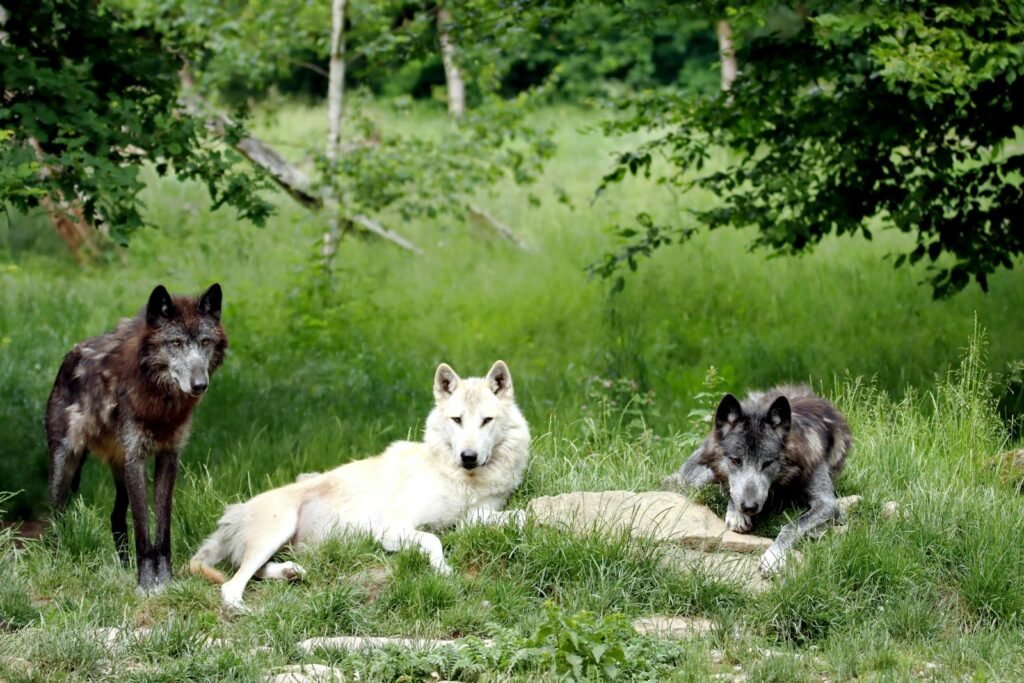Hidden beneath the dense forests and rolling hills of Georgia lie ancient earthworks that whisper stories of a world long vanished. The mounds—some towering, others subtle humps in the landscape—are silent witnesses to vibrant societies that flourished centuries before Europeans ever set foot on this land. These awe-inspiring structures, often overlooked and overshadowed by the more famous pyramids of Egypt or the temples of Central America, hide secrets of a sophisticated people whose ingenuity and connection to the land shaped a legacy lost to time. Imagine walking among these mysterious shapes, feeling the weight of history beneath your feet, and sensing the pulse of a civilization whose echoes are just waiting to be heard.
The Landscape of Ancient Georgia

Georgia’s ancient mounds are scattered across river valleys, forest clearings, and lowland plains, standing as reminders of a past that is both mysterious and deeply rooted in the land. These structures are not random piles of earth but carefully planned and constructed landmarks, often positioned near water sources like the Ocmulgee and Etowah rivers. The landscape itself played a vital role in shaping where and how these mounds were built. Imagine early Native Americans surveying the land, selecting the best spots that offered both protection and resources. The placement of these mounds reveals a profound understanding of geography and a respect for the natural world, connecting people to the cycles of the land in a way that still fascinates scientists today.
Origins of the Mound Builders
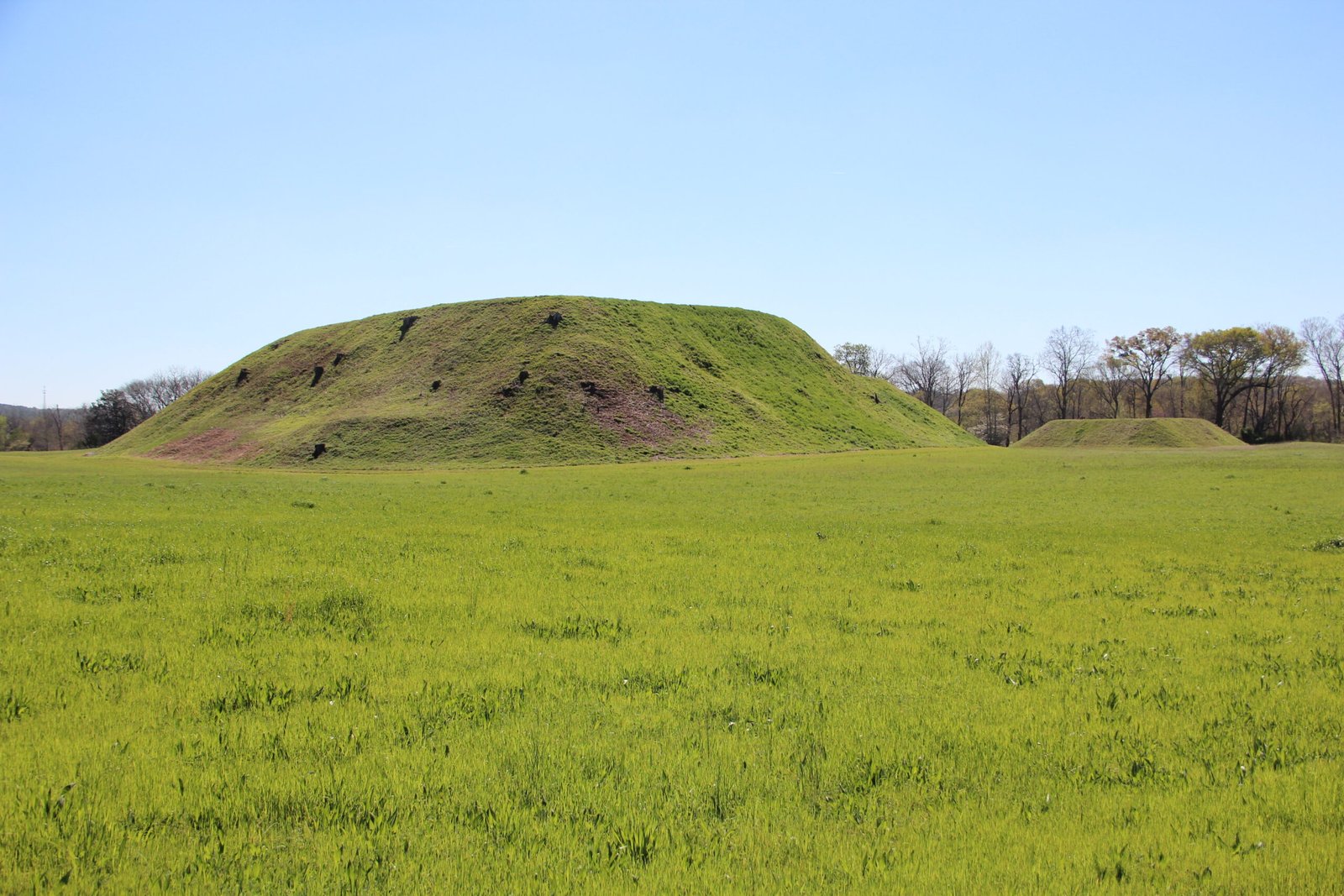
The story of Georgia’s mound builders begins more than a thousand years ago, with cultures such as the Woodland and Mississippian peoples. These societies predated modern cities by centuries and laid the groundwork for the region’s unique archaeological heritage. Their origins remain the subject of much research, with artifacts and settlement patterns suggesting both local development and influences from neighboring regions. The builders were not a single unified group but a tapestry of communities, each contributing to the region’s growth. Through generations, knowledge and traditions were passed down, resulting in the construction of ever more elaborate earthworks that still stand as testaments to their ingenuity.
Architectural Marvels in Earth and Clay
What makes these mounds so stunning is their sheer scale and complexity. Some, like the Great Temple Mound at Etowah, rise over 60 feet high, requiring the labor of thousands over many years. The builders used simple tools—baskets, digging sticks, and bare hands—to move tons of earth, layer by layer. The mounds were often shaped with geometric precision, sometimes topped with wooden temples, council houses, or residences for leaders. The artistry and engineering demonstrate a remarkable understanding of materials, stability, and design. Standing atop a mound, one can almost feel the pride and determination that drove these ancient architects to leave their mark.
Purpose Beyond Burial
While many assume that mounds were simply burial sites, their uses were far more diverse and complex. Archaeological excavations have shown that some mounds served as ceremonial platforms, stages for religious rituals, or even astronomical observatories. In some cases, burials were indeed placed within or beneath the mounds, but these were often reserved for society’s elite or for individuals with special status. The structures acted as focal points for community gatherings, seasonal festivals, and spiritual ceremonies, binding people together and marking the rhythm of life. This multifaceted purpose reflects a society that valued not only the afterlife but also the unity and continuity of their living community.
Etowah Mounds: The Crown Jewel

Among Georgia’s ancient sites, the Etowah Indian Mounds near Cartersville stand out as the most impressive and extensively studied. This complex includes six major mounds, a defensive ditch, and remnants of a bustling village. Archaeologists have uncovered dazzling artifacts—copper plates, shell beads, and intricately carved stone statues—that reveal the artistic talents and far-reaching trade networks of the Etowah people. These items indicate connections as far away as the Great Lakes and the Gulf Coast, showing how Etowah was a hub of regional culture and commerce. Walking through this site today, it’s easy to imagine the noise and color of daily life, the grandeur of ceremonies, and the power wielded by leaders atop those towering mounds.
Ocmulgee Mounds: A Window to the Past

Nestled along the Ocmulgee River, the Ocmulgee Mounds offer another fascinating glimpse into ancient Native American life. The site is home to the Great Temple Mound, earth lodges, and burial mounds, each telling a different story. The earth lodges are especially captivating, with their preserved wooden beams and earthen benches giving visitors a direct connection to the past. Archaeologists have found pottery, tools, and remnants of daily activities, painting a picture of a vibrant, organized society. The Ocmulgee people were deeply spiritual, leaving behind ceremonial objects and sacred spaces that speak to their beliefs and values. Exploring this site, one can almost hear the echoes of ancient voices, united in community and purpose.
Symbols, Art, and Storytelling
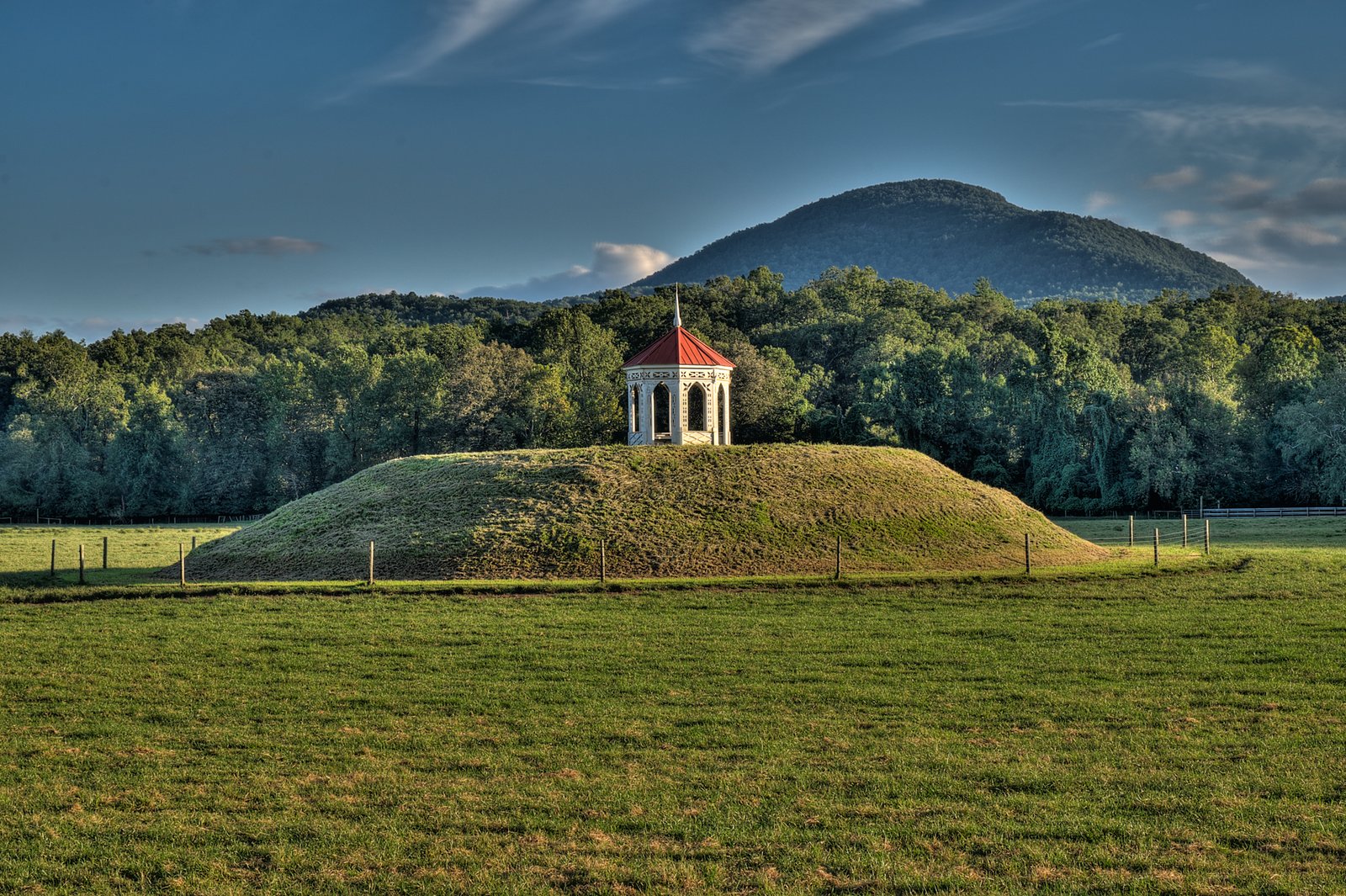
The mounds are more than just piles of dirt—they are canvases for art and symbols that carried deep meaning. Many artifacts unearthed from the mounds are etched with designs representing animals, celestial bodies, and mythical beings. These symbols were not merely decorative; they told stories, recorded histories, and embodied the values and cosmology of the people who created them. The presence of similar motifs across distant mound sites suggests a shared language of symbols and beliefs, binding different groups together in a network of ideas. For the mound builders, art was not separate from daily life but an essential part of how they understood and shaped their world.
Social Structure and Daily Life
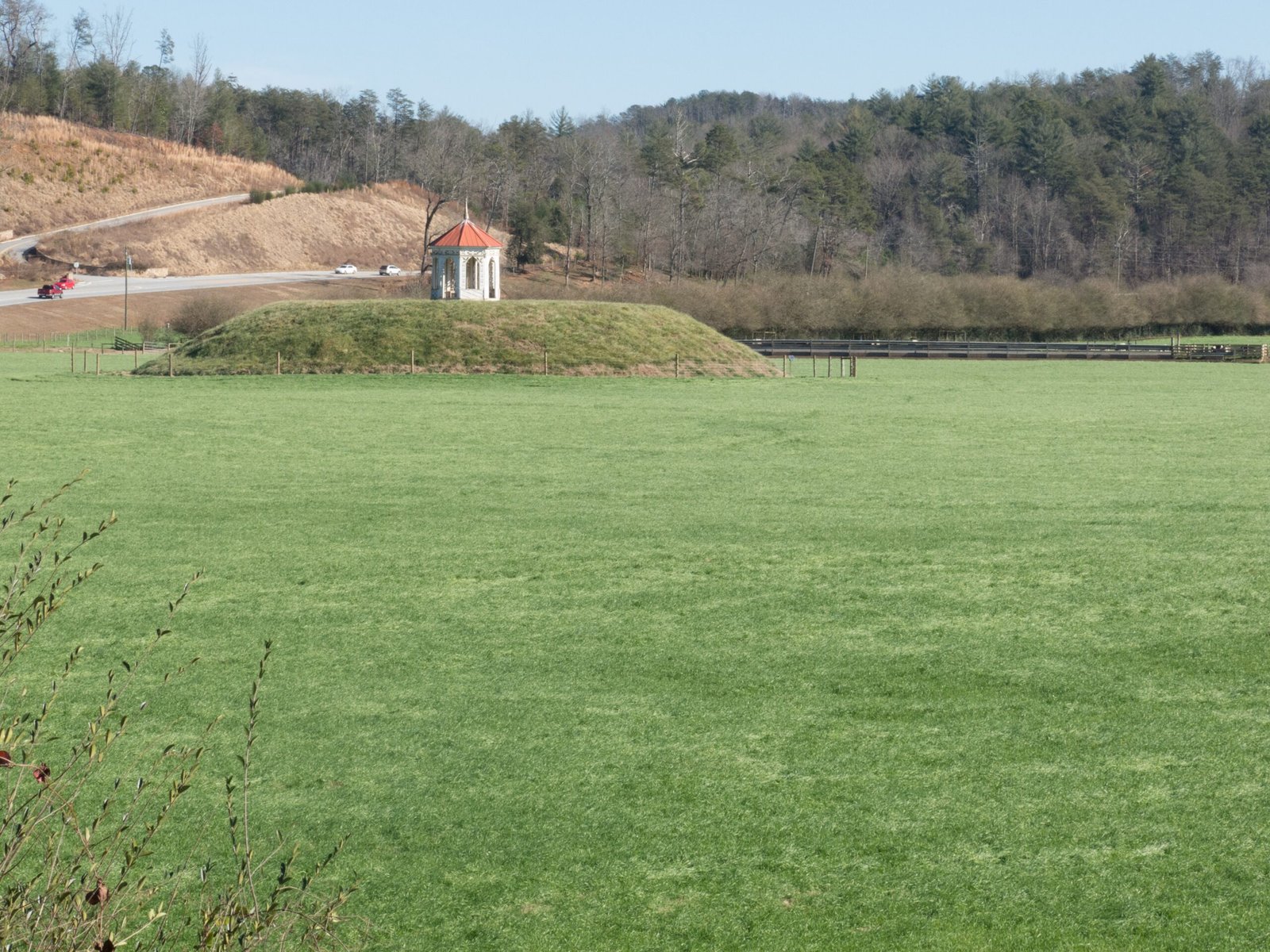
Life around the mounds was organized and bustling. Archaeological evidence points to a society with clear social hierarchies, with leaders, artisans, farmers, and laborers all playing distinct roles. The construction and maintenance of the mounds required coordination and cooperation, hinting at the presence of skilled planners and community leaders. Daily life revolved around farming, fishing, and crafting, with families living in carefully arranged houses near the mounds. Festivals and communal gatherings were common, bringing people together to celebrate the changing seasons or honor ancestors. This sense of order and community spirit is reflected in the structures themselves, which stand as monuments to collective effort.
Trade Networks and External Influences
Georgia’s mounds were not isolated; they were part of a vast web of trade and communication stretching across North America. Artifacts found at sites like Etowah include copper from the Great Lakes, marine shells from the Gulf of Mexico, and stone from distant quarries. These items reveal the existence of long-distance trade routes and the exchange of both goods and ideas. Such connections brought new technologies, artistic styles, and religious practices to Georgia, enriching local cultures. The mound builders were not only skilled architects but also savvy traders and diplomats, forging alliances and adapting to changing times.
The Mystery of Abandonment
One of the most haunting questions surrounding the mounds is why many were abandoned centuries before European contact. Environmental changes, resource depletion, social unrest, or disease could have played roles, but the answers remain elusive. Archaeologists continue to uncover clues, piecing together evidence from pollen samples, settlement patterns, and ancient remains. The abandonment of these sites left the mounds to be reclaimed by nature, their stories buried beneath layers of soil and time. The silence that followed is a poignant reminder of how even the most vibrant societies can vanish, leaving only traces for future generations to discover.
Modern Rediscovery and Preservation
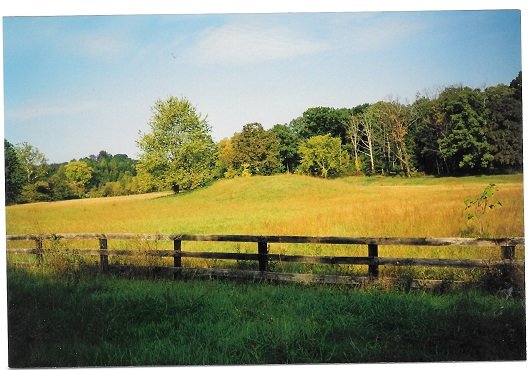
For many years, Georgia’s mounds were neglected or misunderstood, sometimes even destroyed by farming and development. Recent decades, however, have seen a resurgence of interest and efforts to protect and study these sites. Archaeologists, historians, and Native American communities are working together to preserve the mounds and share their stories. Public parks, museums, and educational programs now invite visitors to walk among the earthworks, offering a chance to connect with a past that is at once distant and deeply relevant. The renewed attention is a powerful reminder that history is not just found in books, but in the land itself.
What the Mounds Teach Us Today
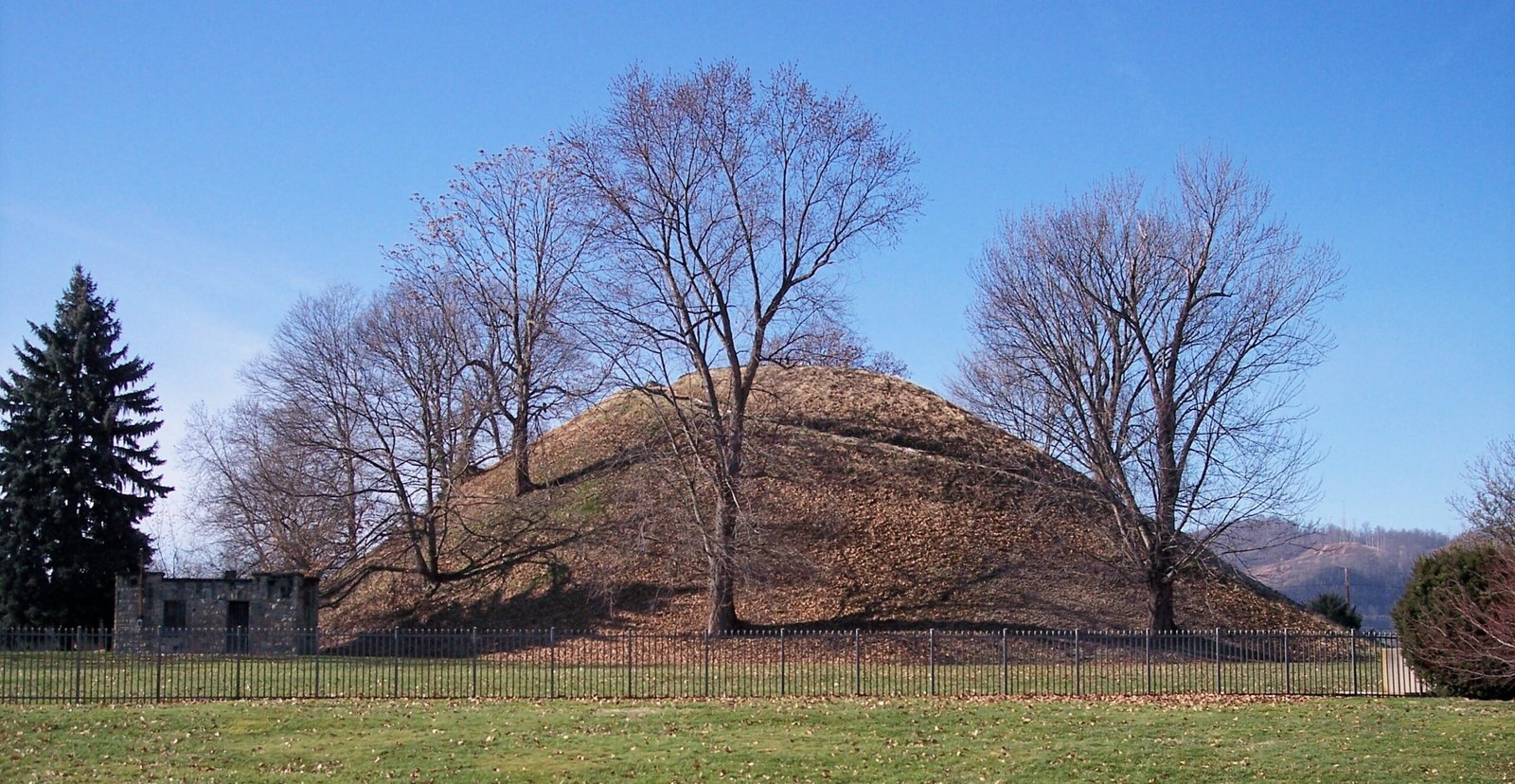
The forgotten mounds of Georgia offer a striking reminder of the creativity, resilience, and spirit of early Native American societies. They challenge us to look beyond stereotypes and appreciate the complexity of cultures that thrived long before modern times. The mounds stand as symbols of unity, ingenuity, and respect for both the land and each other. By studying and preserving these ancient sites, we gain not only knowledge of the past but also inspiration for the future. What could we learn from those who built monuments to community, memory, and hope?


